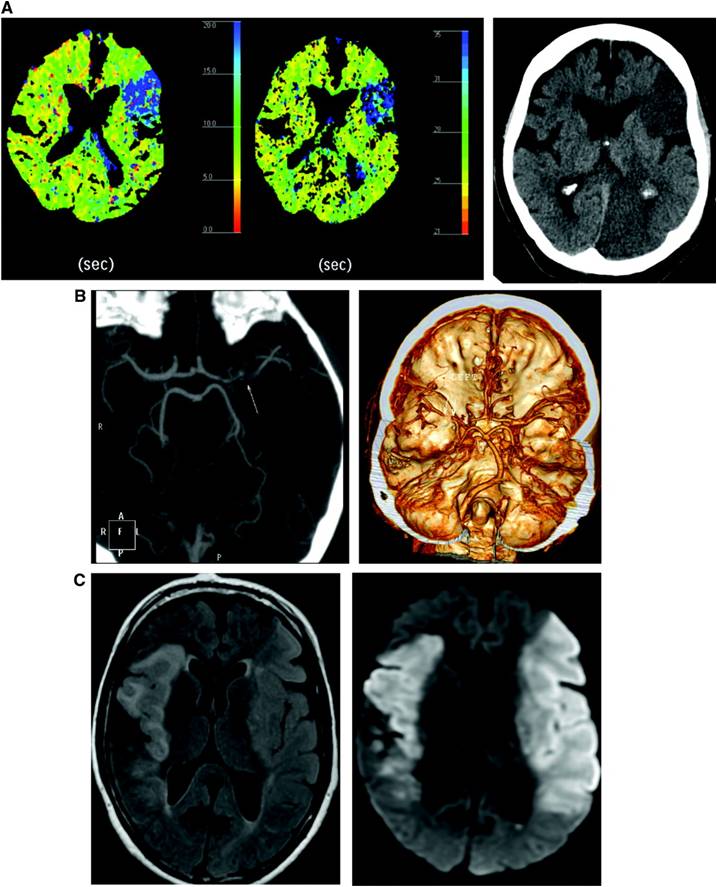
stroke in childern is not so investigated as adult Recurrent stroke is a major cause of morbidity and
mortality among stroke survivors. Because the risk of
recurrent stroke is highest in the first few months after stroke,
the identification of factors associated with early recurrence
is of great importance to establish effective treatments for the
secondary stroke prevention.1,2 Previous studies have shown
that the evidence of early recurrence on MRI is much more
frequent than clinical recurrent stroke within the first week3
and up to 1 to 3 months after an index stroke.4,5 Recurrence
on MRI, although mostly clinically silent, has been suggested
as a potential surrogate marker for clinical recurrent stroke,
because these silent lesions were associated with subsequent
clinical recurrent ischemic stroke.6
According to the previous studies, patients with acute
multiple infarcts at baseline diffusion-weighted imaging
(DWI) were at an increased risk for early recurren
